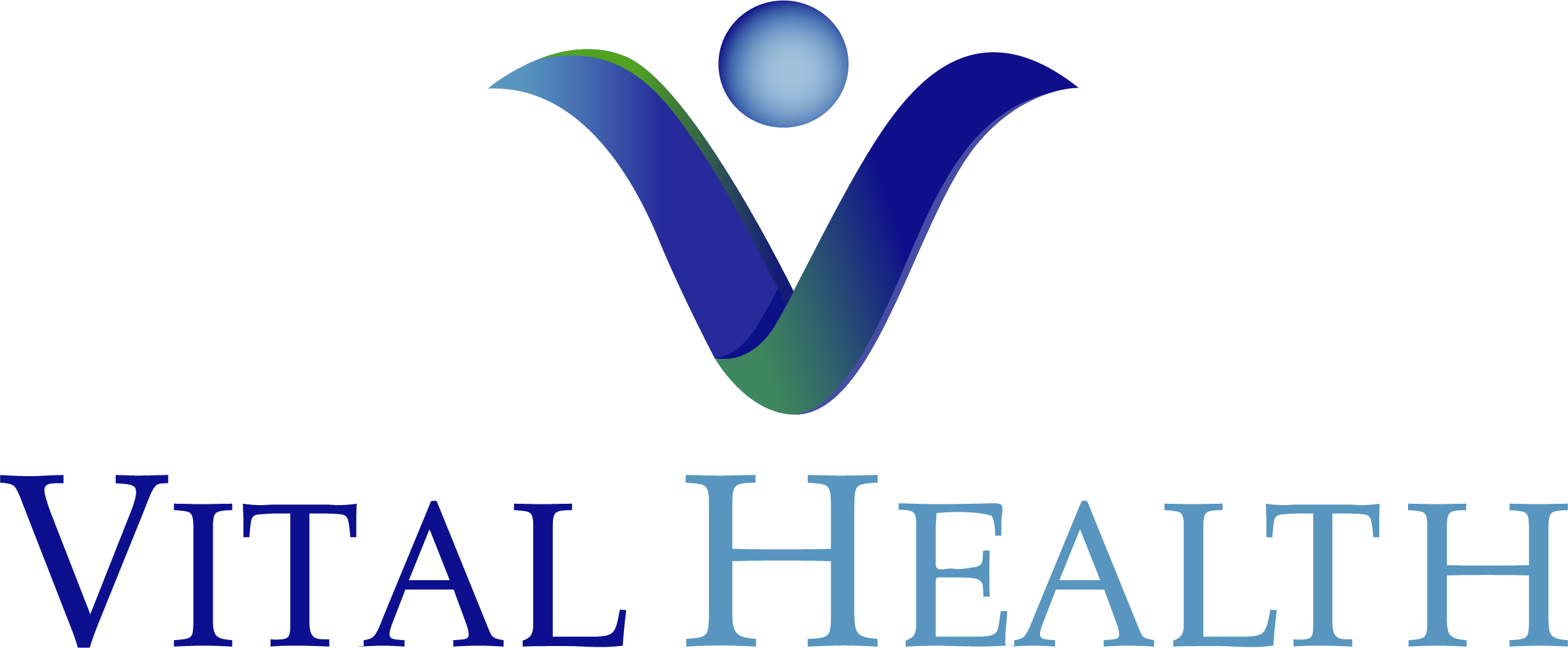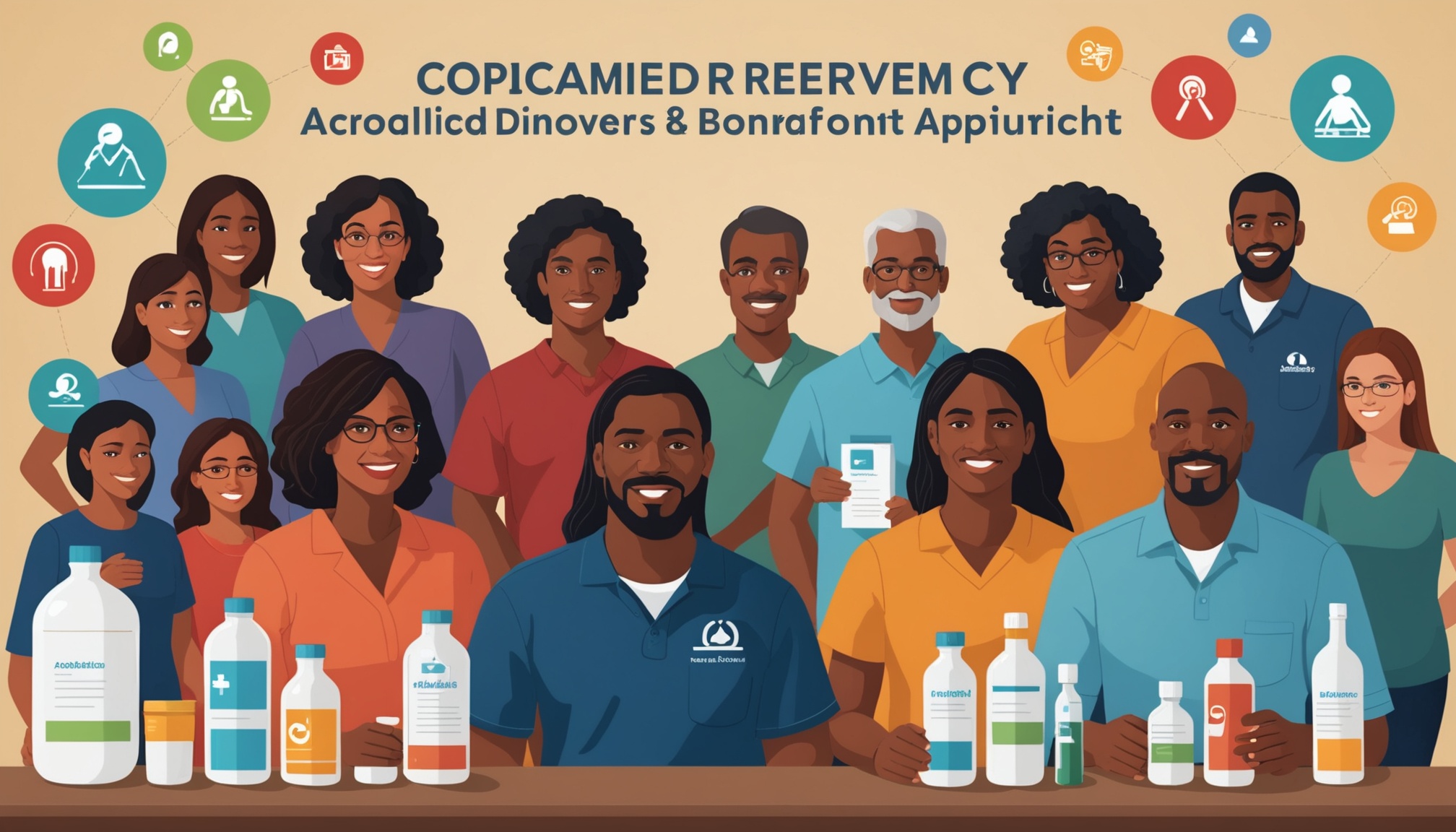
Understanding Stimulant Addiction
Impact of Stimulant Misuse
Stimulant misuse is a pressing issue, especially among young adults. In 2020, 45.2% of this demographic reported misusing prescription stimulants, which often include medications like Adderall and Ritalin (American Addiction Centers). This misuse can have detrimental effects on physical and mental health, leading to heightened anxiety, insomnia, and even cardiovascular issues. The environment in which individuals find themselves, including presence of peers who use stimulants and socioeconomic challenges, can greatly influence their risk of misuse and potential addiction.
| Risk Factors for Stimulant Misuse | Percentage Impacted |
|---|---|
| History of substance abuse | Higher risk |
| Unemployment or poverty | Higher risk |
| Peer influence | Increases risk |
Understanding these impacts is crucial for creating effective treatment strategies, especially for those seeking stimulant addiction treatment that accepts Medicaid.
Development of Addiction
The road to addiction can be alarmingly quick with stimulants. Some users may find themselves developing an addiction after as little as one week of use (American Addiction Centers). This rapid development can be influenced by various personal and environmental factors. Genetic predispositions can play a significant role, particularly if individuals come from families with a history of substance abuse. Additionally, young adults frequently have opportunities to abuse these substances, with two-thirds reporting such chances, and ten percent admitting to having abused a stimulant in the past year (Wellness Resource Center).
Addressing stimulant addiction requires a comprehensive understanding of these development factors. Individuals facing these struggles should seek support through accessible programs. Various addiction treatment centers that accept Medicaid can provide tailored support to help in the recovery process.
Stimulant Addiction Treatment Options
Finding effective treatment for stimulant addiction is essential for you or a loved one. Various options are available that can cater to individual needs, and many programs accept Medicaid to make these services accessible.
Therapies for Stimulant Addiction
Counseling and behavioral therapy stand out as primary treatment methods for stimulant use disorder. Here are some effective therapies you might consider:
| Therapy Type | Description |
|---|---|
| Contingency Management | This method rewards individuals for reaching treatment goals, like attending sessions or passing drug tests. Learn more |
| Motivational Interviewing | A style of counseling that enhances motivation to change by exploring and resolving ambivalence about treatment. |
| Cognitive Behavioral Therapy (CBT) | Helps individuals identify and change negative thought patterns and behaviors related to stimulant use, teaching coping skills and problem-solving strategies. Learn more |
| Community Reinforcement Approach | Focuses on reinforcing positive behaviors and improving social relationships to encourage sobriety. |
These therapies can be instrumental in your recovery journey. They are designed to develop skills that will help you manage cravings and navigate challenging situations.
Medication-Assisted Treatment (MAT)
Medication-Assisted Treatment (MAT) can be an effective option for stimulant addiction. Although commonly associated with opioid addiction, MAT can also play a role in the treatment of stimulants. It often involves combining medications with counseling and behavioral therapies to maximize recovery outcomes.
| Medication Type | Description |
|---|---|
| Methadone | A long-acting opioid that helps reduce cravings and withdrawal symptoms. |
| Buprenorphine | A partial opioid agonist that can help decrease cravings and maintain abstinence. |
| Naltrexone | An opioid antagonist that blocks the effects of opioids and reduces cravings. |
Discussing the possibility of MAT with your healthcare provider can help identify the best approach for your situation. You’ll find that accessing these medication-assisted treatment programs that accept Medicaid can greatly enhance your chances of success.
Both therapeutic interventions and medication-assisted treatment are crucial components of effective stimulant addiction treatment. Explore your options to find the best fit and regain control of your life.
Medicaid-Approved Rehab Centers
Accessibility to Treatment
Finding accessible treatment options for stimulant addiction is crucial for recovery. Medicaid-approved rehab centers provide affordable care for those struggling with substance use. These facilities offer a range of services, including Intensive Outpatient Programs (IOP), Partial Hospitalization Programs (PHP), and Medication-Assisted Treatment (MAT).
Many centers are equipped to support individuals 24/7, ensuring that help is readily available whenever needed. According to American Addiction Centers, some stimulants can lead to addiction after as little as one week of use. This emphasizes the importance of prompt access to treatment.
Here are key features of Medicaid-approved rehab centers:
| Feature | Description |
|---|---|
| Free Services | Many centers provide confidential services to help individuals find suitable rehabilitation. |
| 24/7 Support | Addiction specialists are available around the clock to answer questions regarding Medicaid coverage. |
| Diverse Treatment Options | IOP, PHP, and MAT are commonly offered to meet various recovery needs. |
| Financial Assistance | Assistance with navigating insurance options and funding options is often available. |
For more information about different programs, consider checking our resources on drug rehab that accepts medicaid and rehab programs that take medicaid.
Benefits of Medicaid Coverage
Medicaid coverage offers several advantages for individuals seeking stimulant addiction treatment. One major benefit is financial support, which helps alleviate the costs associated with seeking help. This is particularly crucial for those who may not have the means to pay for private treatment services.
Some key benefits of Medicaid coverage include:
| Benefit | Description |
|---|---|
| Affordable Access | Medicaid ensures that treatment is affordable, reducing the financial burden on individuals and families. |
| Comprehensive Care | Many Medicaid plans cover a variety of treatment types, including detox programs, outpatient counseling, and residential rehab. |
| Tailored to Needs | Medicaid helps facilitate access to individualized treatment plans, accommodating different stages of recovery. |
| Support for Co-occurring Disorders | For individuals dealing with both addiction and mental health issues, Medicaid often covers integrated services. |
For more details on services covered under Medicaid, explore our guide on substance use treatment covered by medicaid and check out our options for intensive outpatient programs that accept medicaid. Accessing treatment can be challenging, but the support available through Medicaid and the rehab centers can pave the way toward recovery.
Challenges in Stimulant Addiction Treatment
Stimulant addiction poses unique challenges for individuals seeking recovery. Understanding these challenges is vital to navigating the path to recovery effectively.
Withdrawal Symptoms
One of the most significant hurdles during stimulant addiction treatment is managing withdrawal symptoms. Stimulant withdrawal can be extremely uncomfortable and sometimes life-threatening. Common symptoms include:
| Symptom | Description |
|---|---|
| Anxiety | Heightened feelings of nervousness |
| Fatigue | Severe tiredness and lack of energy |
| Depression | Intense feelings of sadness |
| Increased Appetite | Strong cravings for food |
Patients may need medical monitoring during withdrawal to address these symptoms promptly and ensure their safety (American Addiction Centers, Wellness Resource Center). Although there are currently no FDA-approved medications specifically for stimulant withdrawal, monitoring can help manage issues such as depression and suicidal ideation.
Risk of Contamination
Another significant risk associated with stimulant use is contamination, particularly with the synthetic opioid fentanyl. Stimulants are increasingly found to be contaminated with this substance, which can lead to severe overdose and even death. Many individuals consuming these contaminated stimulants may be unaware they are taking fentanyl (Coast to Forest Resources).
This contamination amplifies the need for comprehensive treatment programs that accept Medicaid, ensuring that those seeking help have access to resources that address the dangers of stimulant use. Consider seeking treatment through addiction treatment centers that accept Medicaid to ensure that you receive the care you need while being aware of these risks.
Addressing both withdrawal symptoms and contamination risks is essential for a safe and effective recovery journey. Your health and well-being deserve to be prioritized as you work toward sobriety.
SAMHSA Support Programs
Support from SAMHSA (Substance Abuse and Mental Health Services Administration) plays a critical role in providing assistance for individuals facing stimulant addiction. This support includes a helpline, funding assistance, and sober housing specifically tailored for young adults struggling with addiction.
Helpline and Funding Assistance
SAMHSA offers a confidential helpline that connects individuals to resources, treatment options, and support. This service is available 24/7 and can be a vital first step in finding the right stimulant addiction treatment that accepts Medicaid. The helpline can help you navigate available programs and understand your options for recovery. Additionally, SAMHSA provides substantial funding, exceeding $45 million, to support young adult sober housing services as part of the State Opioid Response program (SAMHSA). This funding can significantly improve access to vital resources for those in recovery.
| Type of Support | Description |
|---|---|
| 24/7 Helpline | Confidential support to find treatment and resources. |
| Funding Assistance | Over $45 million allocated to support sober housing services. |
For further assistance, you can explore additional resources related to addiction treatment centers that accept Medicaid.
Focus on Young Adult Sober Housing
Understanding the unique challenges faced by young adults in recovery is essential. SAMHSA’s focus on young adult sober housing is geared towards providing a safe and supportive environment for those transitioning out of treatment. Recovery housing not only helps individuals maintain sobriety but also fosters a sense of community among peers who share similar experiences. This can be particularly beneficial in creating a relapse prevention support system.
Young adult sober housing programs help address key issues such as:
- Peer Support: Living with others who are focused on recovery can provide encouragement and camaraderie.
- Stable Environment: A structured, substance-free environment is essential for maintaining sobriety.
- Access to Resources: Close proximity to counseling and therapy services supports ongoing treatment.
For those seeking structured support and sober living, SAMHSA-backed housing can be an excellent resource. Check out information about medicaid approved recovery housing to find options that fit your needs.
In summary, SAMHSA’s dedication to providing resources and support, particularly for young adults in recovery, is a crucial part of addressing stimulant addiction and promoting long-term sobriety.
Enhancing Recovery Success
Achieving long-term success in recovery from stimulant addiction involves several key aspects, including customized treatment plans and practical strategies for maintaining sobriety. Understanding these elements can empower you on your journey towards a healthier, addiction-free life.
Customized Treatment Plans
Effective treatment for stimulant addiction requires personalization to meet your unique needs. Implementation of customized treatment plans can significantly impact recovery outcomes. Evidence-based therapies and medications are integral to these plans, ensuring you receive the support necessary for overcoming addiction.
Some of the most effective treatment approaches include:
- Cognitive Behavioral Therapy (CBT): This therapy helps you identify and modify patterns of thought and behavior related to stimulant use Learn About Treatment.
- Motivational Interviewing: This method fosters motivation for change and empowers you to take an active role in your recovery.
- Contingency Management: This approach reinforces positive behaviors by providing rewards for maintaining sobriety.
- Community Reinforcement Approach: It integrates social and environmental factors to support recovery.
Regular evaluations and adjustments of your treatment plan are essential. Continuous assessment by medical professionals will ensure that your approach remains effective and aligned with your recovery goals. For more information on available addiction treatment centers that accept medicaid, consider exploring your options.
Strategies for Long-Term Sobriety
Maintaining sobriety after completing treatment requires a proactive approach. Developing a solid strategy to support your ongoing recovery can significantly reduce the risk of relapse. Here are some strategies to consider:
| Strategy | Description |
|---|---|
| Support System | Engage with supportive friends, family, or support groups to foster connection and accountability. |
| Change Habits | Avoid environments and situations that trigger cravings. Focus on healthy activities that promote well-being. |
| Alumni Programs | Participate in alumni programs offered by your rehab center to stay connected and motivated medicaid approved recovery housing. |
| Skill Building | Utilize skills learned in therapy to cope with cravings and high-risk situations. For example, practice techniques from CBT to develop relapse prevention strategies. |
As you progress in your recovery, remember that ongoing support is critical. Many individuals may require structured breaks from stimulants during withdrawal management, but detox alone is not a comprehensive solution. Most will need continuous support to develop healthier behaviors. For resources related to aftercare and relapse prevention, explore our guide on aftercare and relapse prevention medicaid accepted.
By implementing a customized treatment plan and adopting effective strategies for long-term sobriety, you can pave the way for a successful recovery journey. The support of dedicated professionals and community resources can make a significant difference in achieving and maintaining a healthy, fulfilling life free from addiction.







